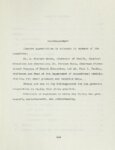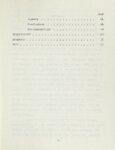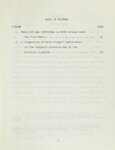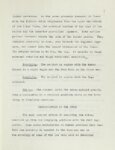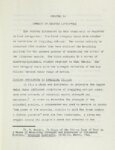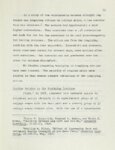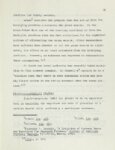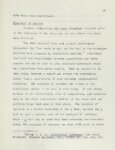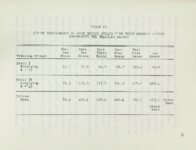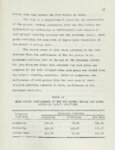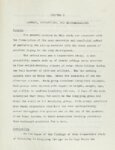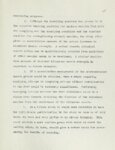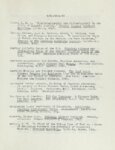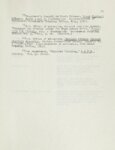| Description |
With the advent of increased interest in physical fitness in general and fitness tests in particular in the last few years many more people are involved in both organized and unorganized exercise programs than ever before in the history of the United states. Most exercises are beneficial for both physical and mental health. Some exercises are of questionable benefit or may even be harmful to the body if done over an extended period of time. One of the more popular exercises in many programs is the sit-up. This study was concerned with the formulation of the most desirable and beneficial method of performing the sit--up exercise with the least amount of possible injury to the' body development. It was contended that ,the sit up from the longlying position would strengthen the iliopsoas muscle without proportionately developing the abdominal muscles. Conversely, it was hypothesized that there is more abdominal muscle development and less iliopsoas muscle development from the hooklying position. A comparative study of the two methods was performed. A nonprobability sample made up of ninety college males enrolled in four weight training classes at Weber state College during the Fall Quarter of 1966 was utilized. The two morning classes made up Group One. Group Two consisted or the two afternoon classes. Each group contained forty-five students. Both groups were equated with regard to height, weight, age, and ability to perform longlying sit-ups. A toss of the coin determined that Group Two would be the long lying group and Group One would be the hooklying group. Both groups practiced from their respective positions and were intermittently tested throughout the quarter and at the end of the quarter. After final testing in their respective training positions they exchanged positions for a test. Both groups exhibited the typical learning curve observed in the development of all motor skills. The longlying group performed significantly more sit-ups over the testing period. However, the rate and magnitude of improvement for both groups was virtually the same. At the end of this training period neither group had approached its physiological limits. The data obtained from the final test performed by each group from their respective positions were compared to the data obtained when each group was tested from the other's starting position. The results showed that subjects trained in the hooklying position can perform longlying sit-ups almost equally as well as these subjects trained in the longlying position. Conversely, those subjects trained in the longlylng position performed poorly from the hooklying position. It was therefore concluded that the preferred method of performing sit-ups from the hooklying position. It was also concluded that the study was not extended over a long enough period of time to detemine which group would be the first to reach a plateau. |



